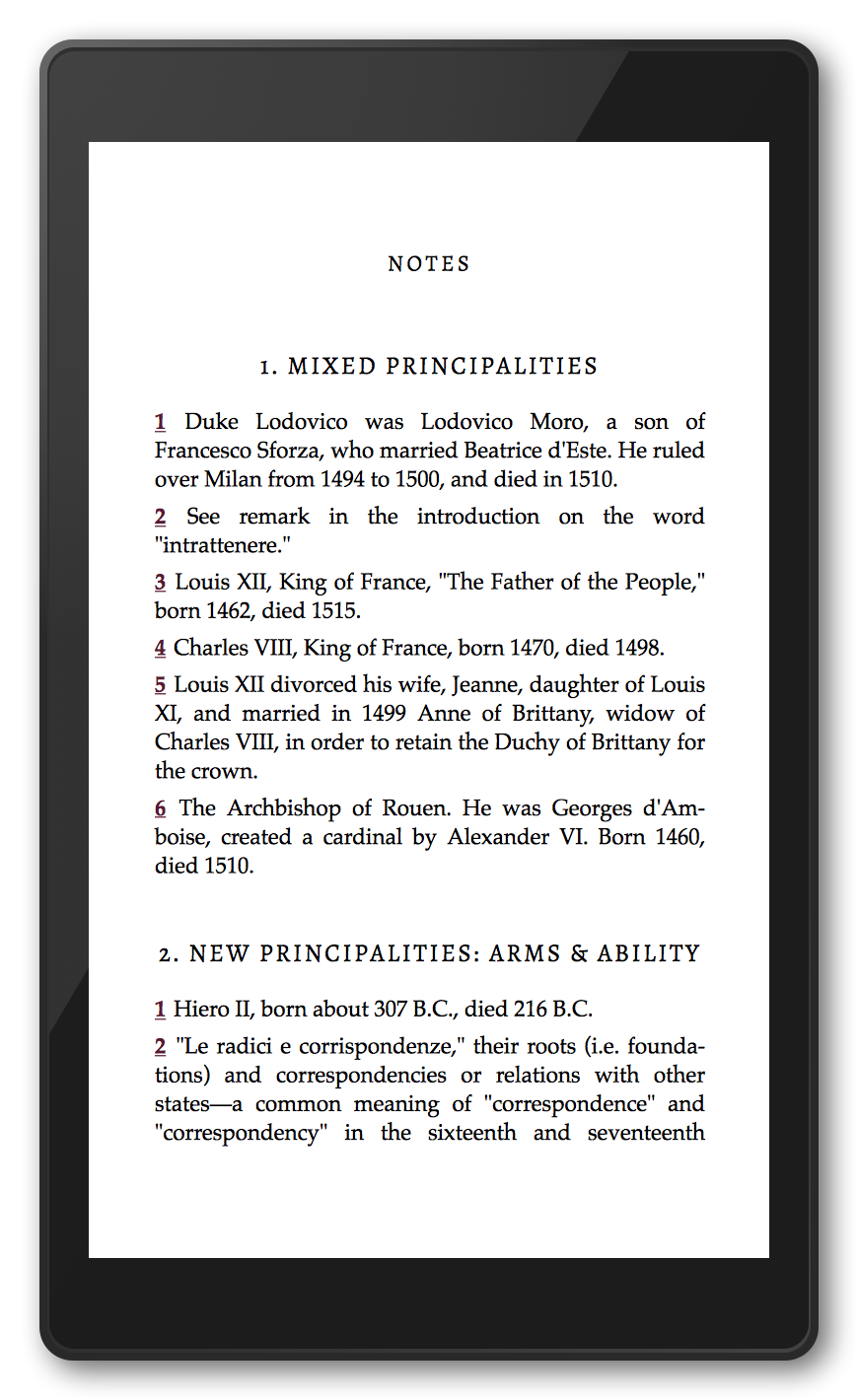

Whether these individuals ever had any formal training in mediaĬommunication skills, whether the department provided training in Image, or promoting department policing strategies, who within theĭepartment had routine authorization to communicate with the media, With during an average week, whether the department's staff everĬontacted reporters to issue a press release, schedule a newsĬonference, or provide assistance with crime coverage, whether theĭepartment had a written media policy or media strategy, whether theĭepartment's current media policy had been helpful in preparing theĭepartment for communications with the media, controlling news leaks,Īddressing allegations of misconduct, presenting a favorable public Variables include the number of news organizationsĪnd reporters (newspapers, TV, or radio) a department communicated Survey data Description of Variables View help for Description of Variables Unit(s) of Observation View help for Unit(s) of Observation Population of 100,000 residents or greater. Municipal police departments serving areas with a Nationwide serving areas with a population of 100,000 residents or The survey instrument was sent to police departments Listed in the 1999 National Directory of Law EnforcementĪdministrators. The sampling frame was comprised of police departments The final survey was mailed in the spring of 2000. Requiring minor revision was mailed to all municipal policeĭepartments serving areas having populations between 90,000 and 99,999 Pretest of the survey instrument that revealed questionnaire items Each respondent was asked to provide aĬomplete evaluation of department police-media relations and wasĪssured complete confidentiality of all information provided. Member of the department who could a accurately represent the views of Respond to the survey personally or to have the survey completed by a The highest-ranking official within the department, asking him/her to Image, and the public information office both before and after theĪdoption of the current media strategy. (6) the perceived quality of police-media interaction, the police PIOs, (5) the various methods by which these goals are achieved, and Relations, (4) specific goals of police media relations offices and Police PIOs, (3) PIO background characteristics, includingĮducational/vocational training in media, journalism, or public Items identified the following factors: (1) the presence and nature ofĪ formal departmental media strategy, (2) the prevalence of full-time Their perceived effectiveness, as reported by police officials. Gather information regarding the strategies employed by various policeĭepartments to promote and enhance their image through the media and

Municipal, county, federal, corrections) and included such informationĪs municipality population, number of serving officers, and the name

This directory contained over 37,000ĭepartment profiles covering 18 levels of jurisdiction (i.e., Sampling frame was obtained from the 1999 National Directory of LawĮnforcement Administrators, published by the National Public SafetyĪnd Information Bureau. That departments of this size are more likely to have frequentĬontacts with the news media.

Populations of 100,000 residents or greater, since research indicates The survey was sent to departments serving areas with Information regarding the nature and quality of police media Survey to municipal law enforcement agencies nationwide to obtain In the United States, this study administered a self-report mail Police media relations offices and public information offices (PIOs) Given the limited available information regarding Media relations and public information offices. Police officers have in creating an image of law enforcement through This study sought to examine the influence Interested groups command control of media messages relevant to their Media power represents the extent to which Study Purpose View help for Study Purpose


 0 kommentar(er)
0 kommentar(er)
